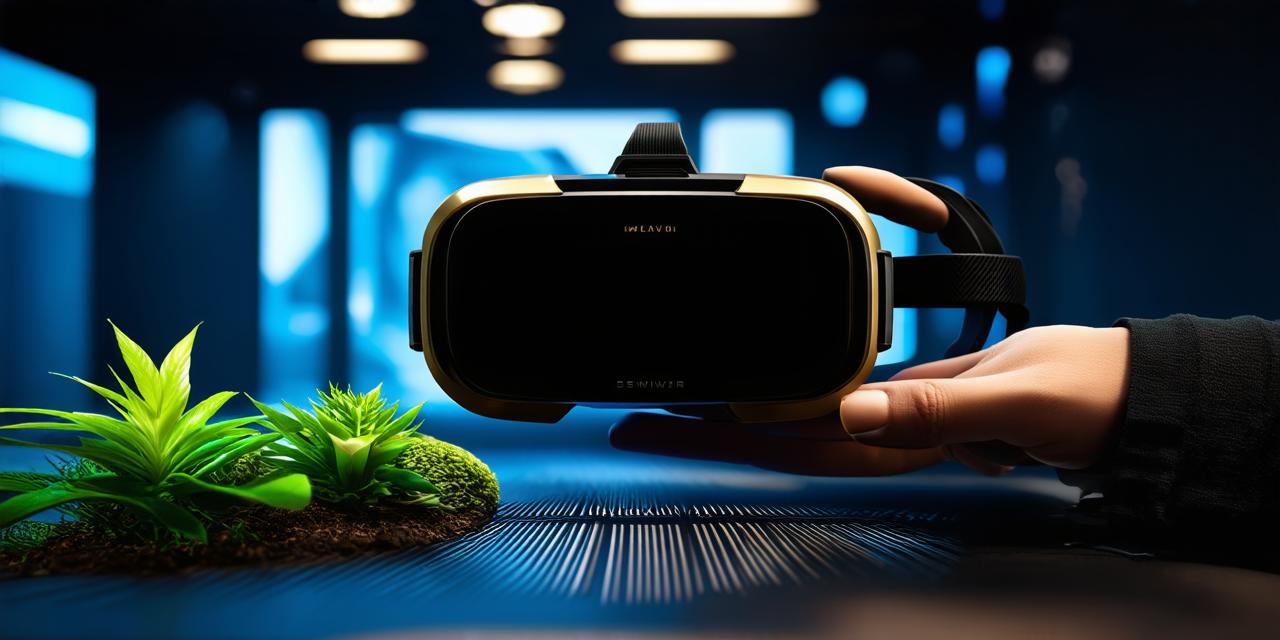Virtual reality (VR) technology is rapidly growing in popularity and demand. With the increasing adoption of VR devices, there has been an increase in opportunities for entrepreneurs and developers to launch their own VR businesses. However, launching a VR business can be challenging due to the complex nature of VR development.
Step 1: Define Your Niche
The first step in launching a VR business is to define your niche. The VR industry is vast and diverse, with different areas of focus such as gaming, entertainment, education, healthcare, and more. AR developers should identify their area of interest and expertise, and focus on developing a product or service that addresses the needs of their target audience. Defining your niche will help you stand out from the competition and attract the right customers.
Step 2: Research Your Market
Once you have defined your niche, it is time to research your market. This involves understanding your target audience’s preferences, behaviors, and pain points. AR developers should conduct surveys, focus groups, and interviews to gather insights into their target audience’s needs and expectations. This will help them create a product or service that meets the demands of their target market.
Step 3: Develop Your Product/Service
The next step in launching a VR business is to develop your product or service. AR developers should have a clear idea of what they want to achieve with their product or service and how it will meet the needs of their target market. They should also consider the technical requirements and constraints of VR development, such as hardware and software limitations, to ensure that their product or service is feasible and scalable.
Step 4: Build Your Team
Launching a VR business requires a team with diverse skills and expertise. AR developers should identify the key roles required for their business, such as project management, design, development, marketing, and sales, and recruit individuals with the necessary experience and qualifications. Building a strong team will help ensure that your VR business is successful in the long term.
Step 5: Secure Funding
Securing funding is a crucial step in launching a VR business. AR developers should identify potential investors and apply for funding from venture capitalists, angel investors, or crowdfunding platforms. They should also consider alternative sources of funding such as grants, loans, and incubators. Securing funding will help ensure that your VR business has the resources it needs to succeed.
Step 6: Test and Refine Your Product/Service
Once you have developed your product or service and built your team, it is time to test and refine it. AR developers should conduct beta testing with a select group of customers to gather feedback on their product or service’s usability, functionality, and overall user experience. This will help them make necessary improvements and refinements before launching their VR business to the wider market.
Step 7: Launch Your Business
The final step in launching a VR business is to launch it to the wider market. AR developers should develop a marketing strategy that targets their ideal customer, leveraging social media, content marketing, and other channels to reach potential customers. They should also consider partnerships with VR hardware manufacturers or distribution channels to increase their product’s visibility and reach.
Case Study: Oculus Rift Launch





